How would you like to hit the ball as far, consistently, and accurately as possible? If so, then these seventeen (17+) golf ball tips are for you.
But before we get started, keep in mind that the practice of golf is unique; there is no ‘one-size-fits-all’ philosophy. What works for one person may not work for another. That said, if you do have a question about golf-related topics, feel free to ask them using the comments section, and I’ll do my best to answer them.
Before buying your golf balls
1. Are refurbished golf balls bad?
Refinished golf balls are also known as refurbished golf balls.
The ball is polished, and the core is replaced. In some cases, the cover may also be replaced. This allows you to purchase a new-ish ball at a reduced price.
Due to these steps, refurbished balls are 100% functional and playable – as good as new golf balls. They are only different in appearance, but other than that, they have the same performance capabilities as a new golf ball.
While that may sound like a good thing, there is one significant drawback (for some).
There’s nothing wrong with buying refinished golf balls; it just depends on why you buy them. One major drawback of refurbished golf balls is that they are not available in a variety of different colors.
While this may not be particularly important to some people, it can make it challenging to decide which one you want.
2. Why do golf balls cost so much?
The cost of a golf ball is related to its material. The most popular golf ball material is polyester, which is also used to manufacture tennis balls.
Just like any other type of material, the two main properties that determine the cost are how much raw material it takes to make a unit and how expensive it is to transport and store that raw material.
Polyester is the most common material used to manufacture golf balls because it is cheap and easy to make, and those two properties also make it the best option for a golf ball.
Golf balls are made from polyester because it can be stretched to more than twice its original size without breaking. It can also be compressed to half its size without any damage to the material. These two factors make it the perfect material for a golf ball. It gives the ball enough elasticity to easily travel 300-400 yards while remaining durable enough to withstand thousands of swings.
3. Do golf balls make any difference?
Golfers often ask themselves this question and wonder, “Do golf balls really make a difference?”
And what is the answer?
Well, yes, golf balls make a difference. The main reason golf balls make a difference is that they add more distance and control to your shot. They also increase your accuracy and help you gain a better grip on the clubface – which ultimately results in more control over your shot and lower scores.
The type of golf ball you choose will ultimately make the difference in your game. If you want to play a long and straight game, we have discussed the best golf balls for distance. However, if you are new to the game, you should consider the best golf balls for beginners or the best golf balls for seniors.
Depending on how you play, you will need to choose the right ball based on the compression, the number of dimples, design, and color of the ball. We have discussed these in detail in our articles reviewing the best golf balls.
4. Can you use real golf balls with Optishot simulators?
The short answer is – yes.
All Optishot simulators are equipped with a tee system that allows you to use real golf balls. The downside to using real golf balls is that they require more maintenance than practice balls.
However, if you’re willing to do a little bit of maintenance, the rewards are worth it. Real golf balls will give you a performance that’s as close to playing on an actual course as possible.
We have discussed the best golf simulators under $1,000, and the Optishot simulator was one of the ones we think you should consider.
5. Why are golf balls white?
No one knows for sure why golf balls are white, but there are a few theories.
The most common theory is that it has to do with the invention of the dimple.
When golf balls were first introduced, they didn’t have dimples. Instead of keeping them smooth like tennis courts, golfers decided to put indentations into the ball. This made for a better and more consistent grip on the ball, which ultimately resulted in better control over your shot and lower scores.
Not every golfer agreed with this idea, and many of them lobbied to get rid of the dimple. However, it took years before golf balls were replaced with balls that have dimples, and today the dimple is considered an essential part of a golf ball.
It’s not clear why golf balls are white, but today’s best golf balls are coated with one of several materials that all look similar to paint.
Today, golf balls come in various colors like red, optic yellow, pink, green, and more.
What to know while playing with your golf balls
6. Can you change golf balls on the green?
Changing golf balls on the green is strictly prohibited.
It is a 2-stroke penalty if you do it. If you want to change your ball, you should do so before hitting your first shot.
This rule doesn’t apply to all situations, though – it only applies when the ball is on the green. In other words, if your ball goes into a bunker or off the fairway, then there’s no penalty if you change golf balls.
7. Can you change a damaged golf ball during a hole?
If the golf ball gets a little dirty or is slightly damaged, you can change it if you want to.
However, if the ball is damaged beyond repair, then it’s considered a “mulligan.” And as we mentioned earlier, mulligans (changing the ball due to damage) are only allowed once in a round.
You might think that there’s no penalty for changing balls on the green. However, the scorecard doesn’t allow for any of those kinds of changes. So be careful before you change your golf ball during a hole.
8. Can you use golf balls that have been in the water?
It depends on the material. If the golf ball is made from high-grade leather, then you can throw it in the water, and it will still perform fine. However, if your golf ball is made from polyester or any plastic, we don’t recommend it.
The reason for this is that most materials tend to absorb moisture and get damaged when wet.
Remember that water can seep inside of your golf ball and damage the material over time.
If your golf ball lands in the water, you might want to consider changing it with another one to allow enough time for the original one to dry. You might also want to keep golf balls in a sealed container when you’re not using them to prevent any moisture from entering the ball.
9. How many golf balls can you have in your bag?
Golfers usually cringe when they see their friends (or themselves) taking 4, 5, or even 6 golf balls in one bag. Then they wonder, “How can I keep my golf ball count low?”
The short answer is – you can, but you might not necessarily want to.
However, most golf courses allow you to carry up to six (6) golf balls in your bag. Many don’t have a restriction for this as well.
The first thing to consider is that golf balls are expensive, and you can’t just keep dumping them all over the course.
You can play with whatever amount of golf balls you prefer, but keep in mind that it might not be fair if you use too many golf balls. It may also not be allowed on some courses.
However, it is prudent to have a few golf balls on hand if you play a lot. The reason is that you might need to change them when they get dirty or damaged.
Care while playing on the golf course
10. Can a golf ball break a solar panel?
It depends on the type of solar cell and the wattage of the panel. However, when it comes to playing golf close to a solar panel, be safe, or you might get into trouble.
Depending on the speed and distance that you hit your golf balls, they may cause a solar panel to break.
11. Can a golf ball break a car window?
The answer is yes.
**Golf balls are made of a material that is quite soft. That means they can dent and break a car window if you’re playing close to a car. ** Even at a distance, when your golf ball lands close to a car, it can damage the window.
However, golf balls are not designed to be used close to cars and should not be used close to cars. This definitely isn’t something that you should do unless you have excellent control over your ball.
12. Do scuffs affect golf ball performance?
This is one of the most common questions that golfers ask before they hit their first shot. They wonder if a light scuff will affect the spin or speed of the ball.
The answer is no – scuffs don’t affect your golf ball’s performance because there’s so little friction involved in all of it. But having a smooth surface on your ball allows you to get better control over your shots.
13. How to get golf balls out of a pond?
If you like to golf in mountain-side courses, then you might see a pond that’s closer to the fairway. However, this can be dangerous because it won’t come up again if you hit a golf ball directly into the water.
Your best bet is to use a long stick, or a retriever like the Callaway Golf Ball Retriever discussed in one of our earlier articles.
General golf ball tips
14. Can you take golf balls on a plane?
The TSA’s new rules say that you can only take your golf balls in your carry-on luggage. Your best bet is to check in your golf balls with your checked-in luggage.
However, it is rare to find people traveling with golf balls as part of their carry-on luggage. It would help if you tried to check in your golf balls to make your overall travelling experience better.
15. Do golf balls absorb water?
The answer is yes. It depends on the materials. Most standard golf balls aren’t specifically designed for water-based environments.
So while you can play golf in the rain without any worry, a golf ball that’s designed for water-based environments can handle it better. The reason is that there’s less chance of your ball absorbing water in those scenarios.
16. Does water ruin golf balls?
The answer is generally no, but it depends on the material.
Water doesn’t usually break down a golf ball. This is because water tends to “weep” inside of your golf ball and damage the material over time. However, if you get water inside your golf ball, you’ll need to change it with another one as soon as possible.
You can dry your golf ball by putting it close to a heat source like a heater. However, remember not to use an open flame as it can damage the material even more.
17. Can you use golf balls for foosball?
No, you should not use a golf ball for foosball. It is best to have the correct type of ball for foosball instead of using a golf ball. Your golf ball is harder than the regular foosball type, and can ruin your table and even hurt you as you play.
While it may be okay to use a golf ball to play foosball once or twice, it should not be your regular ball for playing foosball.
18. How to dispose of old golf balls?
This is a question that golfers often consider when they have old golf balls that they can’t play anymore.
The best way to get rid of your old golf balls is to recycle them. This helps keep the environment clean, and you’re also doing some good for the planet.
You can find a nearby recycling center or trade it in for other things such as new golf balls, gift cards, etc. This will make sure your old golf balls are recycled professionally.
Final thoughts on golf ball tips
If you take proper care of your golf balls, they’ll last you thousands of shots. By following the tips we discussed in this article and our previous articles, you should be able to extend the life of your golf balls considerably.
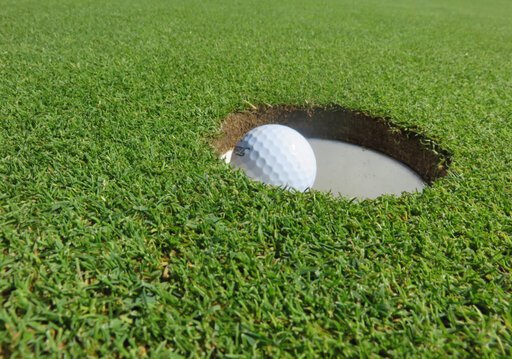
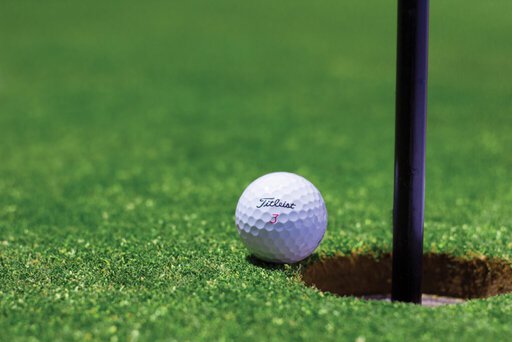
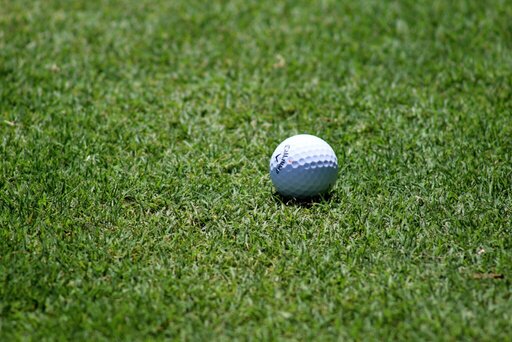
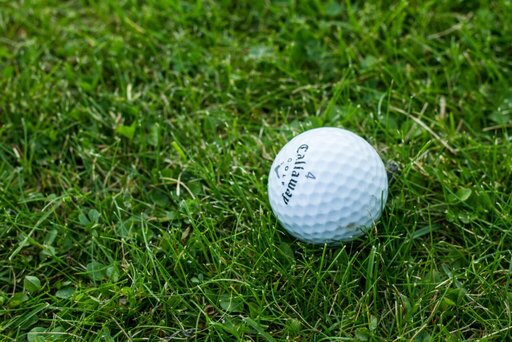

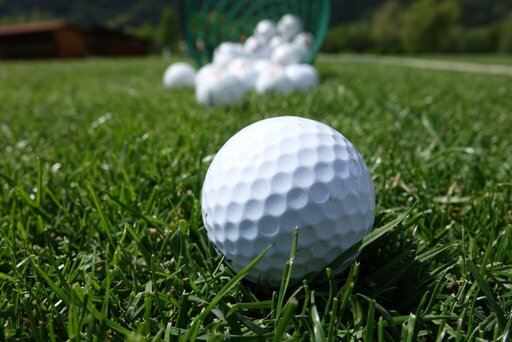



Pingback: Golf club care and maintenance tips for 2021 (13+ tips) - GrowZania